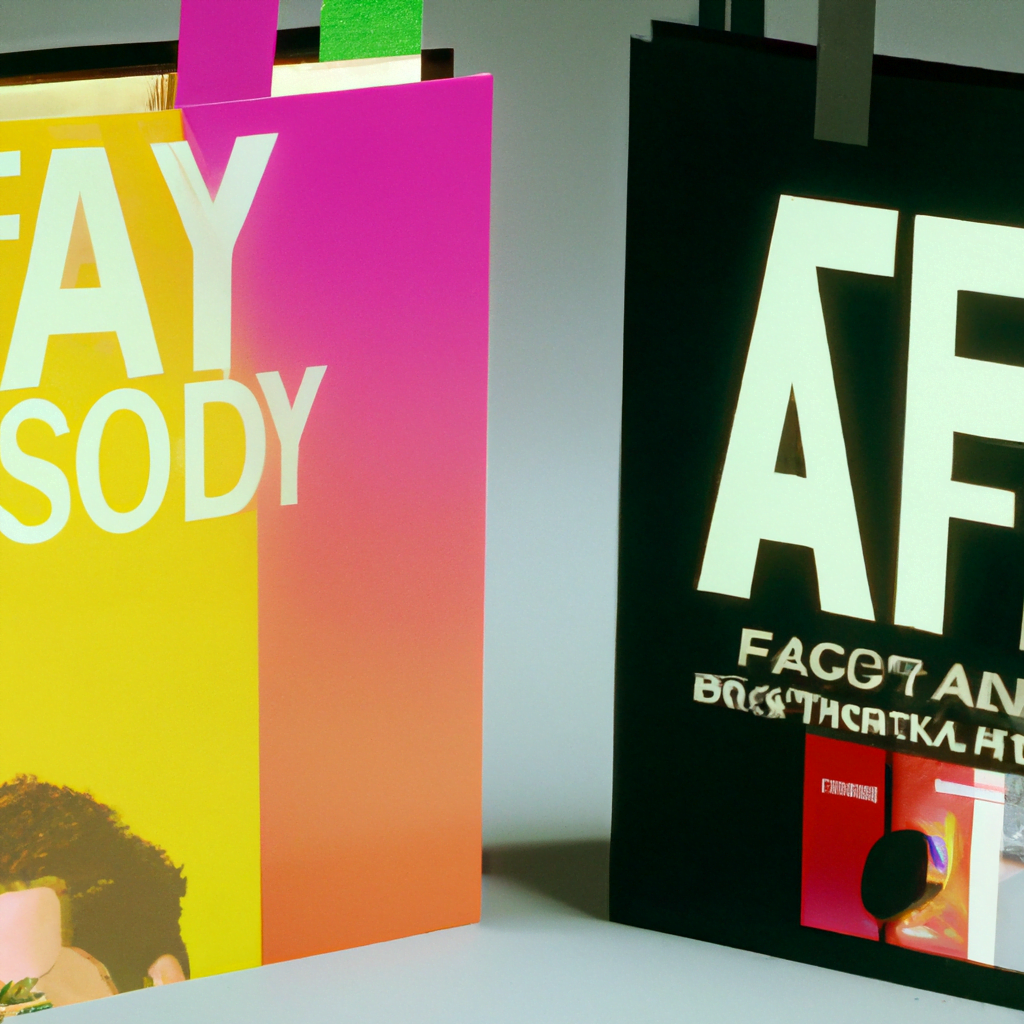Introduction
In today’s world, packaging is not just about protecting the product but also about creating a unique and memorable experience for the customer. Creative packaging can make a product stand out on the shelves and attract more customers. This is especially true for stationery and office supplies, where the packaging can be as important as the product itself. In this article, we will explore the importance of creative packaging for stationery and office supplies and provide some examples of successful packaging designs.
The Importance of Creative Packaging
Creative packaging can have a significant impact on the success of a product. It can help to differentiate a product from its competitors and make it more appealing to customers. In the case of stationery and office supplies, creative packaging can also help to convey the brand’s values and personality.
According to a study by Dotcom Distribution, 52% of online shoppers are more likely to make repeat purchases from a brand that delivers orders in premium packaging. This shows that packaging can have a significant impact on customer loyalty and retention.
Examples of Creative Packaging for Stationery and Office Supplies
1. Poppin
Poppin is a stationery brand that is known for its colourful and modern designs. The brand’s packaging is just as eye-catching as its products, with bright colours and bold typography. Poppin’s packaging also includes fun messages and quotes that reflect the brand’s playful personality.
2. Moleskine
Moleskine is a brand that is synonymous with high-quality notebooks. The brand’s packaging is simple yet elegant, with a black cardboard sleeve that features the Moleskine logo. Inside the sleeve, the notebook is wrapped in tissue paper and includes a small booklet that provides information about the brand’s history and values.
3. Field Notes
Field Notes is a brand that specializes in pocket-sized notebooks. The brand’s packaging is designed to look like a vintage memo book, with a cardboard cover and a stitched spine. The packaging also includes a small card that provides information about the brand’s story and mission.
Design Elements of Creative Packaging
1. Color
Colour is one of the most important design elements of packaging. It can help to convey the brand’s personality and create an emotional connection with the customer. For stationery and office supplies, bright and bold colours are often used to create a sense of fun and creativity.
2. Typography
Typography is another important design element of packaging. It can help to communicate the brand’s message and create a unique identity. For stationery and office supplies, playful and modern typography is often used to reflect the brand’s personality.
3. Materials
The materials used in packaging can also have a significant impact on the customer’s perception of the product. For stationery and office supplies, high-quality materials such as cardboard and paper are often used to create a sense of luxury and sophistication.
Case Study: Muji
Muji is a Japanese brand that is known for its minimalist and functional designs. The brand’s packaging is no exception, with simple and elegant designs that reflect the brand’s values.
Muji’s stationery packaging is designed to be functional and practical, with clear plastic sleeves that allow customers to see the product inside. The packaging also includes simple and informative labels that provide information about the product’s features and benefits.
Muji’s packaging design is consistent across all of its products, creating a cohesive and recognizable brand identity. This has helped to establish Muji as a leader in the stationery and office supplies market.
Conclusion
In conclusion, creative packaging is essential for stationery and office supplies brands that want to stand out in a crowded market. It can help to differentiate a product from its competitors, create a unique brand identity, and increase customer loyalty and retention. By incorporating design elements such as colour, typography, and materials, brands can create packaging that is both functional and beautiful. The examples and case studies provided in this article demonstrate the importance of creative packaging for stationery and office supplies brands.
